9.4 Support a common publicly accessible website for data storage, visualization, and information sharing
Key Message: The Water Atlas websites for Sarasota County and the Coastal & Heartland National Estuary Partnership are valuable but underutilized tools for collecting and conveying water-related data to citizens, scientists, resource managers, and policymakers. These platforms deserve ongoing support and strategic marketing to increase visibility and public engagement.
Importance
Effective water quality management depends on access to accurate, up-to-date information. Quality-assured real-time and historical water data help scientists and managers identify problems, develop pollutant load limits, implement management plans, and assess outcomes. Providing this same information to the public through user-friendly analytical tools promotes understanding of water quality trends and supports community action. A centralized clearinghouse for educational, scientific, recreational, and volunteer resources is vital for building public support and advancing water quality goals.
Overview
Managed by the University of South Florida, the Water Atlas offers continuous access to water quality and related technical data for scientists, resource managers, elected officials, and the public. It combines a user-friendly interface with advanced geographic information systems (GIS) and analysis tools for data sharing and visualization. Additional features include educational content, reports, event calendars, and volunteer opportunities.
The Sarasota Water Atlas website landing page is designed to facilitate the work of scientists, water resource managers and the interested public. Source: Sarasota Water Atlas
The Water Atlas platform includes individual websites focused on priority waters of sponsoring communities. In the Sarasota area, these are the Sarasota County Water Atlas and the CHNEP Water Atlas, sponsored by Sarasota County and the Coastal & Heartland National Estuary Partnership, respectively. Redesigned in 2024, the CHNEP Water Atlas hosts more than 600 waterbody pages, along with basin and watershed pages. Each waterbody page includes interactive maps and a Water Quality Dashboard displaying current data against management indicators.
Key features of the Sarasota County Water Atlas and CHNEP Water Atlas include:
- Data Download – Access to water quality, hydrology, and rainfall data via direct download or online visualization
- Water Quality Contour Mapping Tool – Displays monthly bay water quality trends over a 10-year period.
- Real-Time Data Mapper – Displays real-time rainfall, water flow, levels, quality, and weather from monitoring stations throughout Sarasota County.
- Bay Conditions – Summarizes chlorophyll-a, nitrogen, and phosphorus indicators for Sarasota County’s eight major bay segments, showing status relative to targets
- Creek Conditions – Summarizes four indicators (chlorophyll-a, nitrogen, phosphorus, and dissolved oxygen) for 17 tidal creeks
- Water Quality Trends – Presents short- and long-term trends for 17 parameters, with a 10-year trend analysis map
- Water Body Pages – Provide trend data, historical and scientific resources, and recent news for each priority waterbody.
- Impaired Waters and TMDLs – Reports FDEP’s verified impaired waters and EPA TMDLs in Sarasota County
- News and Education Pages – Highlight news stories, low impact development, watershed management, and more. Also features the New College Oral History Project with videos documenting Sarasota’s water heritage.
- Participation Pages – Promote public learning and engagement with local waters.
- Neighborhood Environmental Stewardship Team (NEST) Page – Showcases neighborhood projects and environmentally friendly initiatives.
- Projects Catalog – Provides detailed project information on efforts to reduce aquatic pollutants such as nitrogen, phosphorus, suspended solids, bacteria, and low dissolved oxygen.
Approach
The Water Atlas would benefit from greater outreach and awareness. While Sarasota County, SBEP, and CHNEP include Atlas references in public communications and planning documents, a coordinated marketing effort could significantly expand its visibility. Both Sarasota County and CHNEP should continue funding regular updates and feature enhancements. Opportunities to add new data tools or educational content should be pursued collaboratively with Water Atlas staff.
Increased Water Atlas use can lead to more informed public discourse and better decision-making by residents and policymakers. Strategic promotion of the Atlas should be integrated into regional communication and engagement efforts (see Chapter 9.6 and see Chapter 9.7).
Resources
Status
The Water Atlas is an ongoing, funded project that is updated regularly.
Performance Measure
For both the Sarasota County Water Atlas and the CHNEP Water Atlas:
- Number of water resources hosted on the Water Atlas
- Number of Water Atlas users
- Number of page views
Experts or Leads
Shawn Landry, USF Water Institute Director; Paul Semenec, Sarasota County Stormwater Environmental Utility Manager; Jennifer Hecker, CHNEP Director
Cost Estimate
$100,000
Related Activities
Other Coordination and Collaboration Activities
9.1 Coordinate regional approaches to identify, prioritize, and implement projects to address impaired waters
[dipi_masonry_gallery images="405,894,447" columns="3" disabled_on="off|off|on" _builder_version="4.16" max_width="100%" max_width_tablet="50%" max_width_phone="65%" max_width_last_edited="on|desktop" module_alignment_tablet="center" module_alignment_phone="center"...
9.2 Coordinate strategic planning for water quality within and across agencies and organizations with local jurisdiction
[dipi_masonry_gallery images="405,894,447" columns="3" disabled_on="off|off|on" _builder_version="4.16" max_width="100%" max_width_tablet="50%" max_width_phone="65%" max_width_last_edited="on|desktop" module_alignment_tablet="center" module_alignment_phone="center"...
9.3 Inventory, develop, and coordinate grant funding
[dipi_masonry_gallery images="405,894,447" columns="3" disabled_on="off|off|on" _builder_version="4.16" max_width="100%" max_width_tablet="50%" max_width_phone="65%" max_width_last_edited="on|desktop" module_alignment_tablet="center" module_alignment_phone="center"...
9.5 Increase capacity of area water quality professionals by supporting strong informational and professional networks
[dipi_masonry_gallery images="405,896,447" columns="3" disabled_on="off|off|on" _builder_version="4.16" max_width="100%" max_width_tablet="50%" max_width_phone="65%" max_width_last_edited="on|desktop" module_alignment_tablet="center" module_alignment_phone="center"...
9.6 Develop and deliver collaborative water quality education and outreach using local partnerships and networks
[dipi_masonry_gallery images="405,896,447" columns="3" disabled_on="off|off|on" _builder_version="4.16" max_width="100%" max_width_tablet="50%" max_width_phone="65%" max_width_last_edited="on|desktop" module_alignment_tablet="center" module_alignment_phone="center"...
9.7 Support local policymaker understanding of the cost-effectiveness of water quality protection policies
[dipi_masonry_gallery images="405,896,447" columns="3" disabled_on="off|off|on" _builder_version="4.16" max_width="100%" max_width_tablet="50%" max_width_phone="65%" max_width_last_edited="on|desktop" module_alignment_tablet="center" module_alignment_phone="center"...




